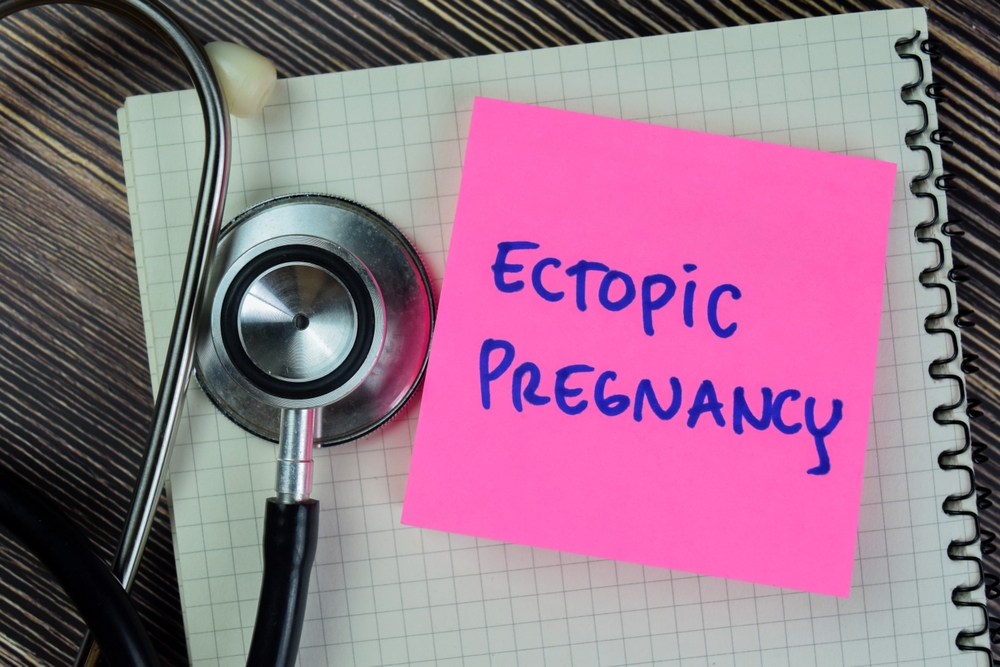Ectopic pregnancy is a serious reproductive health concern where a fertilized egg implants outside the uterus, most commonly in a fallopian tube. At May-Grant OB/GYN, with multiple providers serving Lancaster, PA, and the surrounding communities, understanding the risk factors associated with ectopic pregnancy is vital for early recognition and prevention. This blog will explore what increases the likelihood of ectopic pregnancy and why awareness is crucial for anyone who is pregnant or planning to conceive.
What Is an Ectopic Pregnancy and Why Does Risk Matter?
An ectopic pregnancy occurs when a fertilized egg implants outside the uterine lining, with the fallopian tube being the most common site. Since the fallopian tube is not designed to support a growing embryo, this condition can cause severe complications if not diagnosed and treated promptly. The embryo cannot survive, and without intervention, an ectopic pregnancy can lead to life-threatening internal bleeding.
The risk factors for ectopic pregnancy influence the likelihood that fertilization or implantation will occur abnormally. Identifying and understanding these factors help healthcare providers monitor high-risk individuals more closely and encourage timely medical evaluation if symptoms arise.
Although ectopic pregnancy is relatively uncommon—occurring in about 1-2% of pregnancies—the potential severity means anyone at increased risk should be vigilant. Early detection improves outcomes and can preserve fertility in many cases.
Common Risk Factors for Ectopic Pregnancy
Several conditions and lifestyle factors have been associated with an increased risk of ectopic pregnancy. One of the most significant is a history of pelvic inflammatory disease (PID). PID often results from untreated sexually transmitted infections such as chlamydia or gonorrhea, leading to scarring and damage of the fallopian tubes. This scarring can obstruct the normal passage of the fertilized egg to the uterus, increasing the chance of tubal implantation.
Previous ectopic pregnancy also raises the likelihood of another ectopic event. Women who have experienced this condition before have a greater risk due to possible underlying tubal damage or other factors that contributed to the initial ectopic pregnancy.
Tubal surgery or conditions that affect the fallopian tubes, such as tubal ligation or surgeries to remove adhesions, can impair tubal function and elevate risk. Additionally, fertility treatments that increase ovulation or involve assisted reproductive technologies have been linked to a higher incidence of ectopic pregnancies, although these remain rare.
Smoking has been shown to increase the risk by affecting tubal motility and ciliary function, which are critical for transporting the fertilized egg to the uterus. The use of certain types of intrauterine devices (IUDs) for contraception is associated with a very low risk of ectopic pregnancy if pregnancy occurs while using the device, though overall IUDs are highly effective at preventing pregnancy.
Advanced maternal age, particularly over 35, may also contribute to risk, possibly due to increased likelihood of tubal damage or other reproductive health issues.
Additional Factors That May Contribute
Other factors linked to an increased risk of ectopic pregnancy include multiple sexual partners, which raise the chance of infections leading to PID, and a history of miscarriages or abortions, especially if these involved instrumentation of the uterus or cervix.
Certain structural abnormalities of the reproductive tract, congenital or acquired, may affect the normal path of the fertilized egg, raising ectopic pregnancy risk. Endometriosis, a condition where tissue similar to the uterine lining grows outside the uterus, can cause scarring and adhesions impacting tubal function.
There is also some evidence that inflammation or infection of the cervix can affect the risk by altering the environment through which sperm travel.
While many of these factors are non-modifiable, some lifestyle changes such as quitting smoking and practicing safe sex to reduce infection risk can help lower the chance of ectopic pregnancy.
Recognizing Symptoms and When to Seek Care
Knowing the risk factors is only part of the equation; recognizing symptoms early is critical. Common signs of ectopic pregnancy include sharp or stabbing abdominal pain, vaginal bleeding, dizziness or fainting, and shoulder pain due to internal bleeding irritation of the diaphragm.
If you experience any of these symptoms, especially with a positive pregnancy test or a known risk factor, it is essential to seek immediate medical care. Early diagnosis often involves ultrasound imaging and blood tests to measure pregnancy hormone levels.
Prompt treatment reduces complications and improves the chance of preserving future fertility. In some cases, medication can stop the growth of the ectopic pregnancy, while surgical intervention may be necessary in others.
Summary of Risk Factors
Here is a concise summary of factors that increase ectopic pregnancy risk:
- Previous ectopic pregnancy
- History of pelvic inflammatory disease (PID)
- Tubal surgery or damage
- Fertility treatments and assisted reproductive technology
- Smoking
- Use of certain intrauterine devices (IUDs) when pregnancy occurs
- Multiple sexual partners or sexually transmitted infections
- Advanced maternal age (over 35)
- Structural reproductive tract abnormalities
- Endometriosis
Understanding and discussing these risks with a healthcare provider enables personalized monitoring and care planning.
At May-Grant OB/GYN, serving Lancaster, PA, and nearby areas, education and early detection are priorities in reproductive health. Knowing your risks and paying attention to your body’s signals can make a crucial difference in outcomes related to ectopic pregnancy.
Resources
- Bouyer, J., Coste, J., Fernandez, H., Pouly, J. L., & Job-Spira, N. (2003). Risk factors for ectopic pregnancy: a comprehensive analysis based on a large case-control, population-based study in France. American Journal of Epidemiology, 157(3), 185-194.
- Centers for Disease Control and Prevention. (2020). Ectopic Pregnancy. CDC.gov.
- American College of Obstetricians and Gynecologists. (2018). Practice Bulletin No. 193: Tubal Ectopic Pregnancy. Obstetrics & Gynecology, 131(3), e91-e103.








